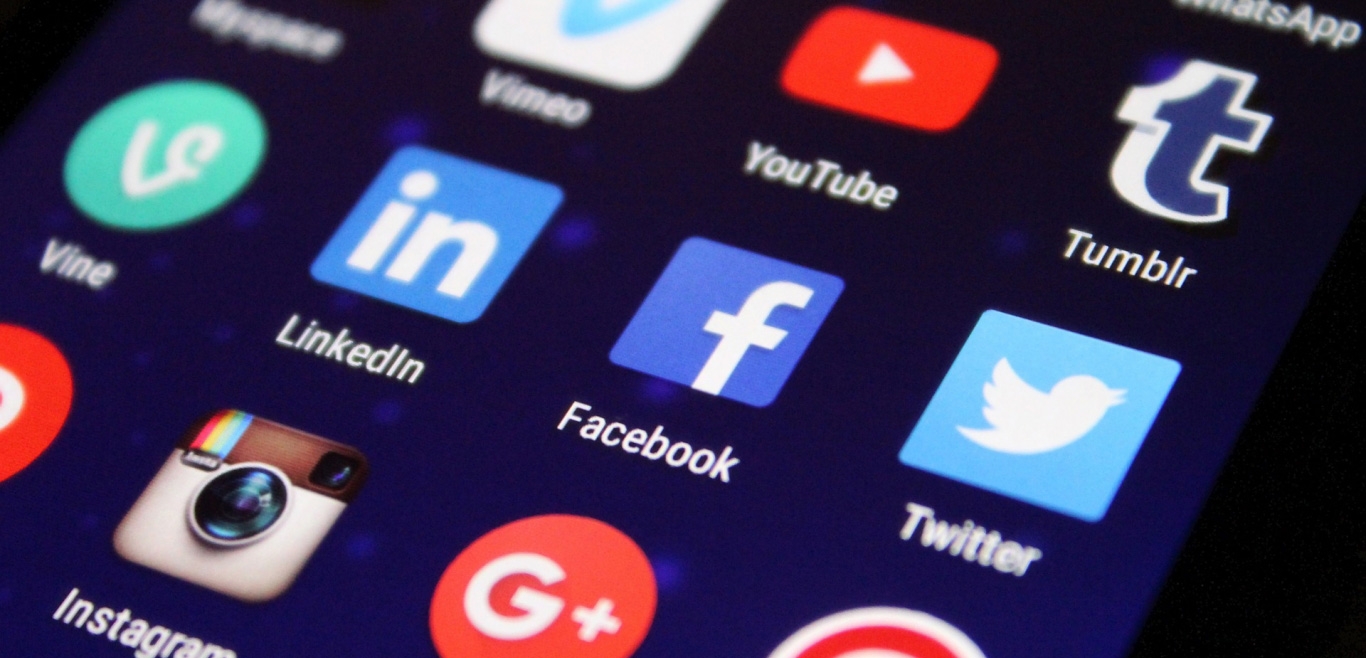Let’s face it, social media is here to stay. While many companies do not see the value in it (i.e. ROI), you really can’t afford to NOT have some sort of social media presence. There’s something to be said about maintaining a dialog on the Internet that is easily accessible to customers, prospects, and/or clients, while growing your brand and increasing company awareness.
- It shows you are current and relatable.
- It shows that you care about listening to your customers and sharing in their experiences with your product or service (good or bad).
- It helps you to join and build a community of like-minded individuals and businesses.
- You build a public relations campaign for FREE!
Take It Slow
Don’t be overwhelmed at all of the Google+s, Twitters, Facebooks, LinkedIns, Flickrs, Instagrams, Foursquares, Friendsters, GetGlues, etc. They are not all for your particular business strategy anyway. I would recommend starting with Twitter, personally. Twitter has solidified itself as the most basic, but yet most powerful, social media communication tool out there. The messages are short and to the point and reach the largest number of people.
It’s important to understand the “terminology of Twitter” for the best results.
@ – The “at” symbol signifies the user. Ours is @MellonaidDesign for example. Choose something very simple, short and memorable. Your idea may be taken, but you can use it to your advantage to come up with a clever, memorable name. @Mellonaid was taken when we set up our Twitter account so we added “design” at the end to reinforce our core business model. (Not everyone knows that the word “Mellon” is greek for “the process of bringing a concept to a lasting impression” and “aid” is our assistance in that process.) In your tweets, you can recognize other Twitter users by their “@” call sign and begin to build a community of likeminded businesses or individuals.
# – The hashtag symbol is your Twitter SEO (search engine optimization). Any word beginning with the # is instantly categorized with other tweets with the same word in them. For example: If you end your tweet with #pizza, it will be instantly viewable with all the other tweets that mention the word pizza or #pizza. The hashtag symbol creates a direct link to all the tweets in the world using that word. If a particular word is used extensively throughout the day, it will start to “trend” and be viewable in Twitters top trending topics.
RT – RT or “retweet” is simply mass forwarding someone else’s tweets into your Twitter feed. If you see something so unique and inspiring and would like to share it with your followers, simply copy the tweet, place “RT” at the beginning of the text, and send it out. Twitter will automatically recognize the author of the tweet while sending a notification to that author that their tweet was forwarded to the Twitter community.
Start Small
Before our website blog began in full force, I chose simply to supply links to other stories relevant to the industry. By doing so, you can create a community among your industry with RT’s (retweets) and #’s (hashtags). A RT will be seen by the user you retweeted. And hashtagged words will be seen by others using the same word. As I cited other businesses in our own tweets, the companies took notice and some of their employees did, too. This has built Mellonaid’s Twitter presence.
Don’t Stress
Don’t stress about having few followers at first. Advertise your Twitter handle on your website, and it will gain momentum. The more you RT and # important words and stories in your tweets, the more people will be aware of your Twitter presence and want to follow you. True story: I have a Twitter account just to follow people so I can do my social media job with Mellonaid more effectively. I do not tweet from this account, I simply follow interesting people. Even this account gains followers! That is how powerful Twitter is.
Blog
Once you are active on the social media scene and are attributing other articles from other companies it’s time to create your own content in the form of a blog. Blogs are the building blocks of corporate identity and expertise. You can show other companies what you are made of and post links to your OWN content instead of others’. There are not a lot of rules when it comes to a blog. You are free to write about whatever you desire. It’s your blog after all. Stories from the work cafeteria are ultimately more engaging and entertaining than most of the work that goes on anyway. You’re not a writer? Big deal. Most bloggers aren’t. Though a good editor does come in handy! I will admit, you want your blogs to sound professional with few grammatical errors.
Master one social media outlet like Twitter, then move on to others (Facebook should be next). Continue to build your strategy one outlet at a time until you have a collective presence on the web.
That’s my take on starting a simple social media strategy. There’s no right way to engage in social media. But there is a wrong way, and that is to not do it at all.






